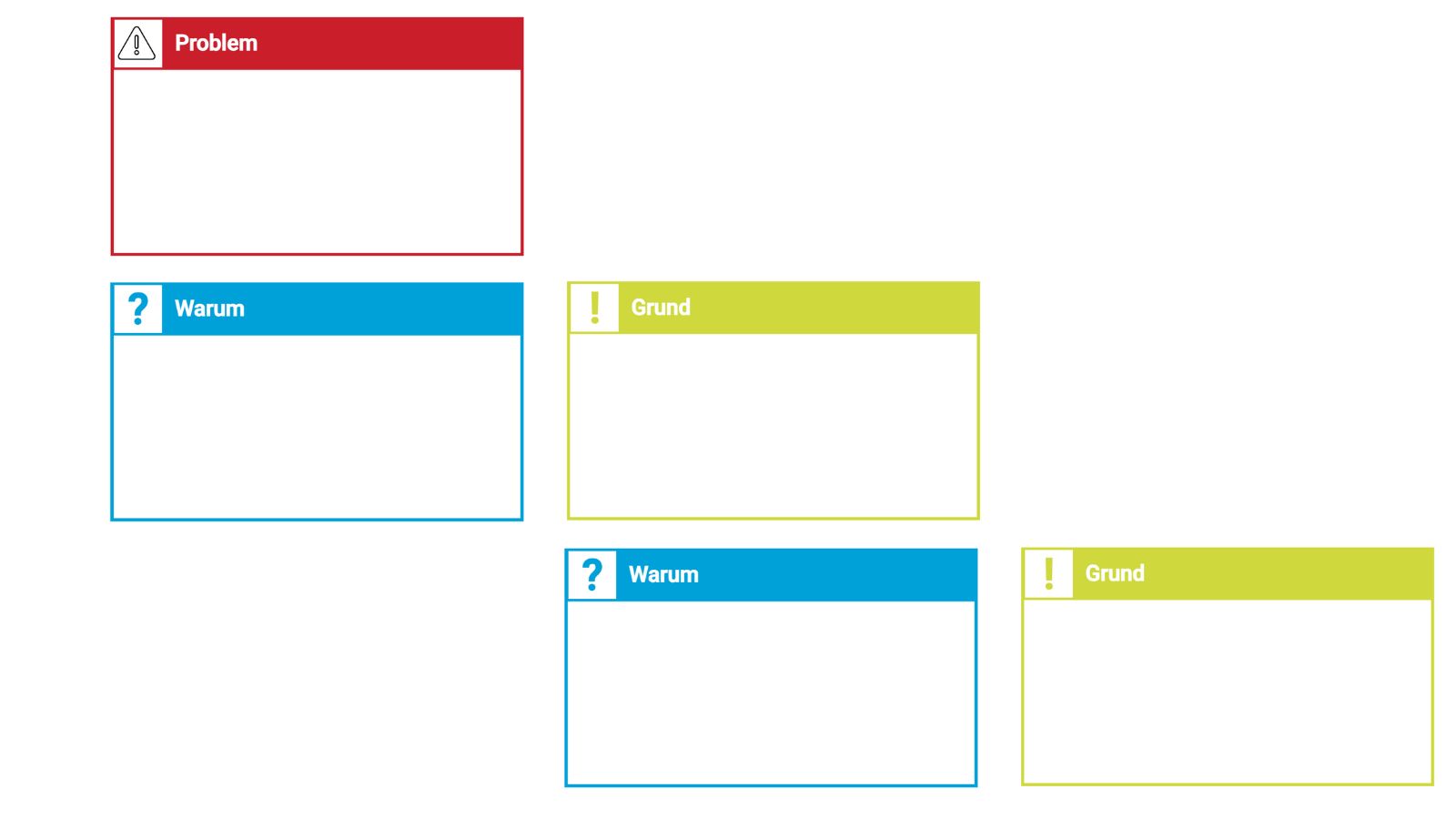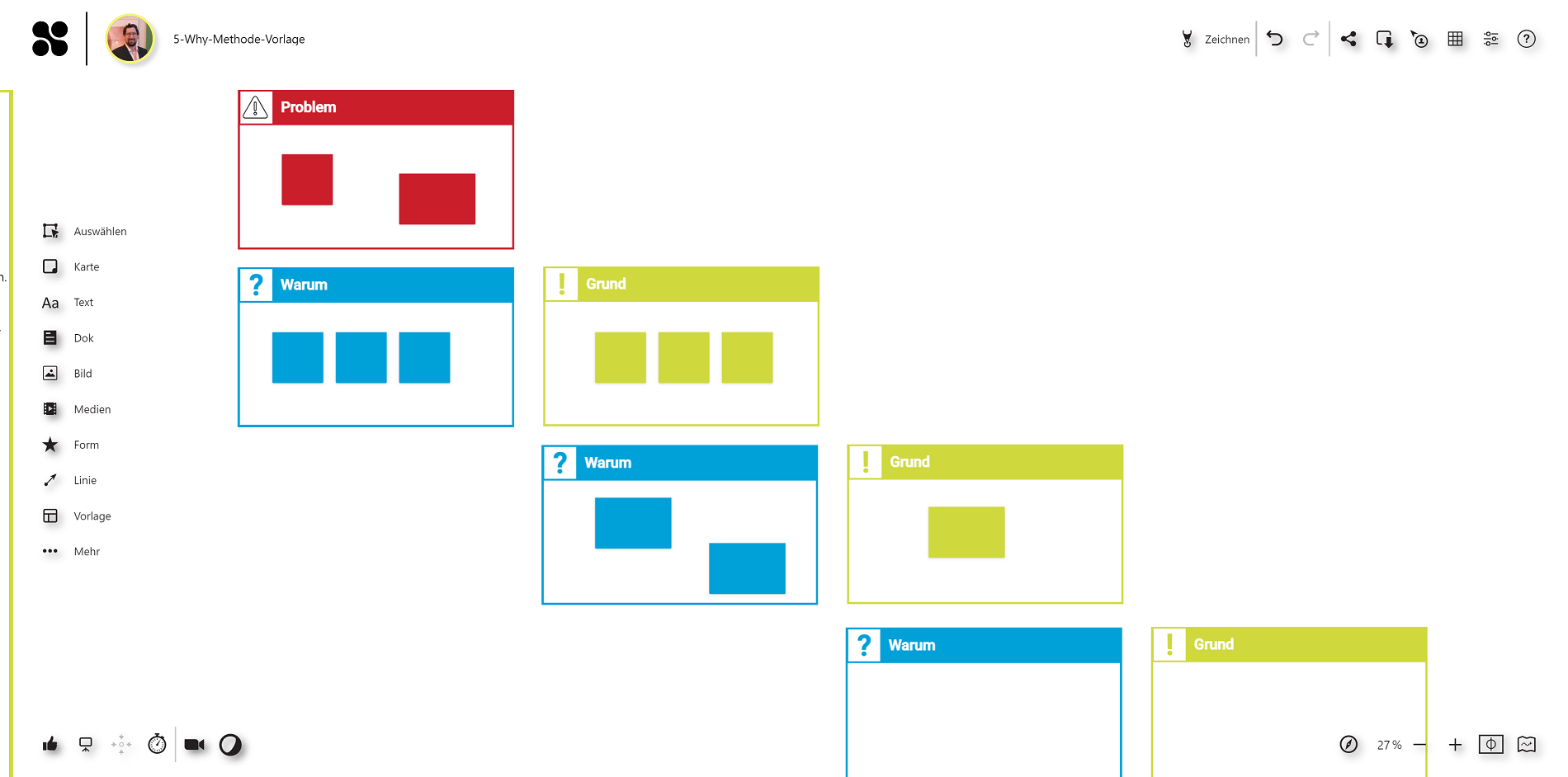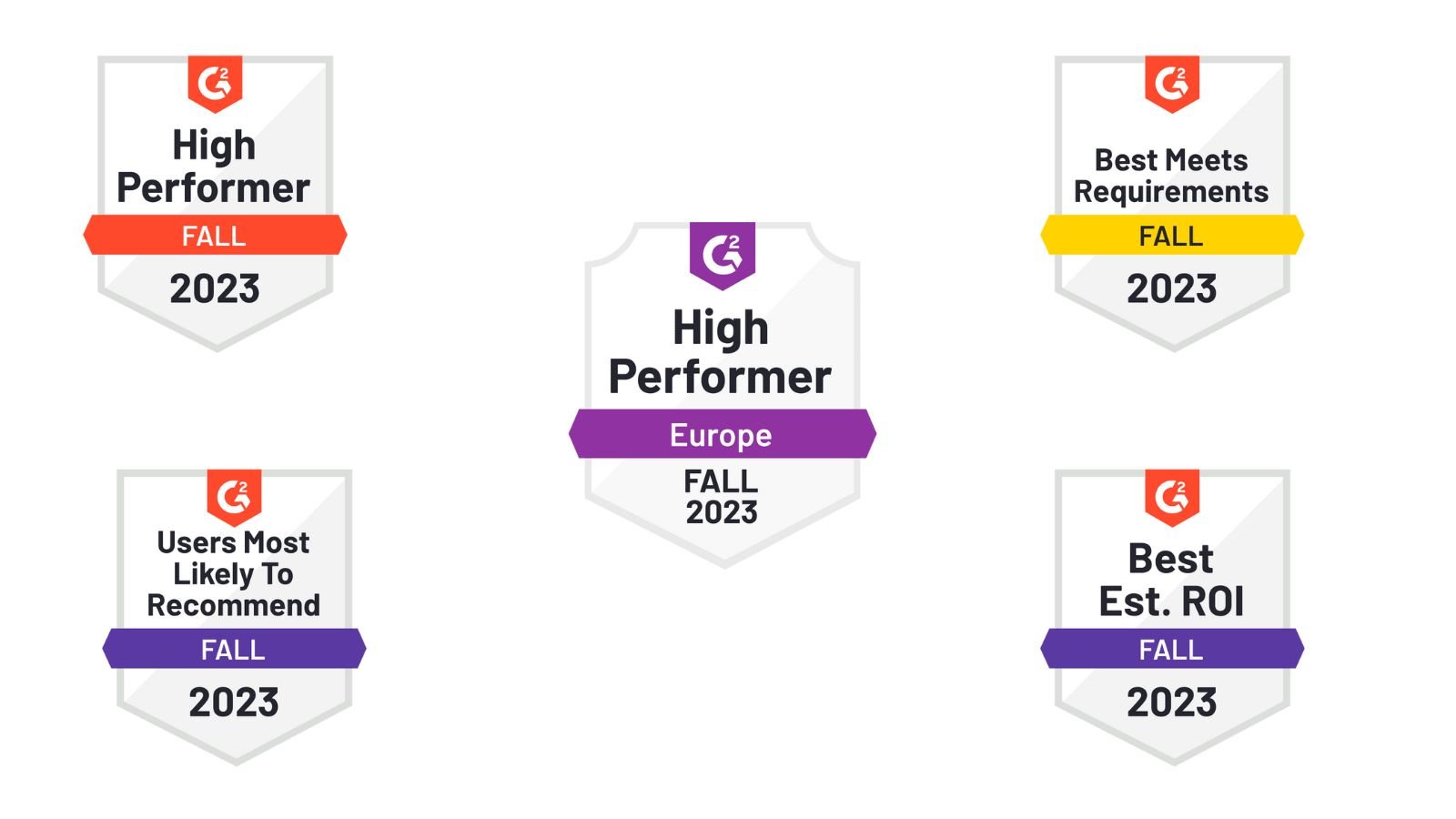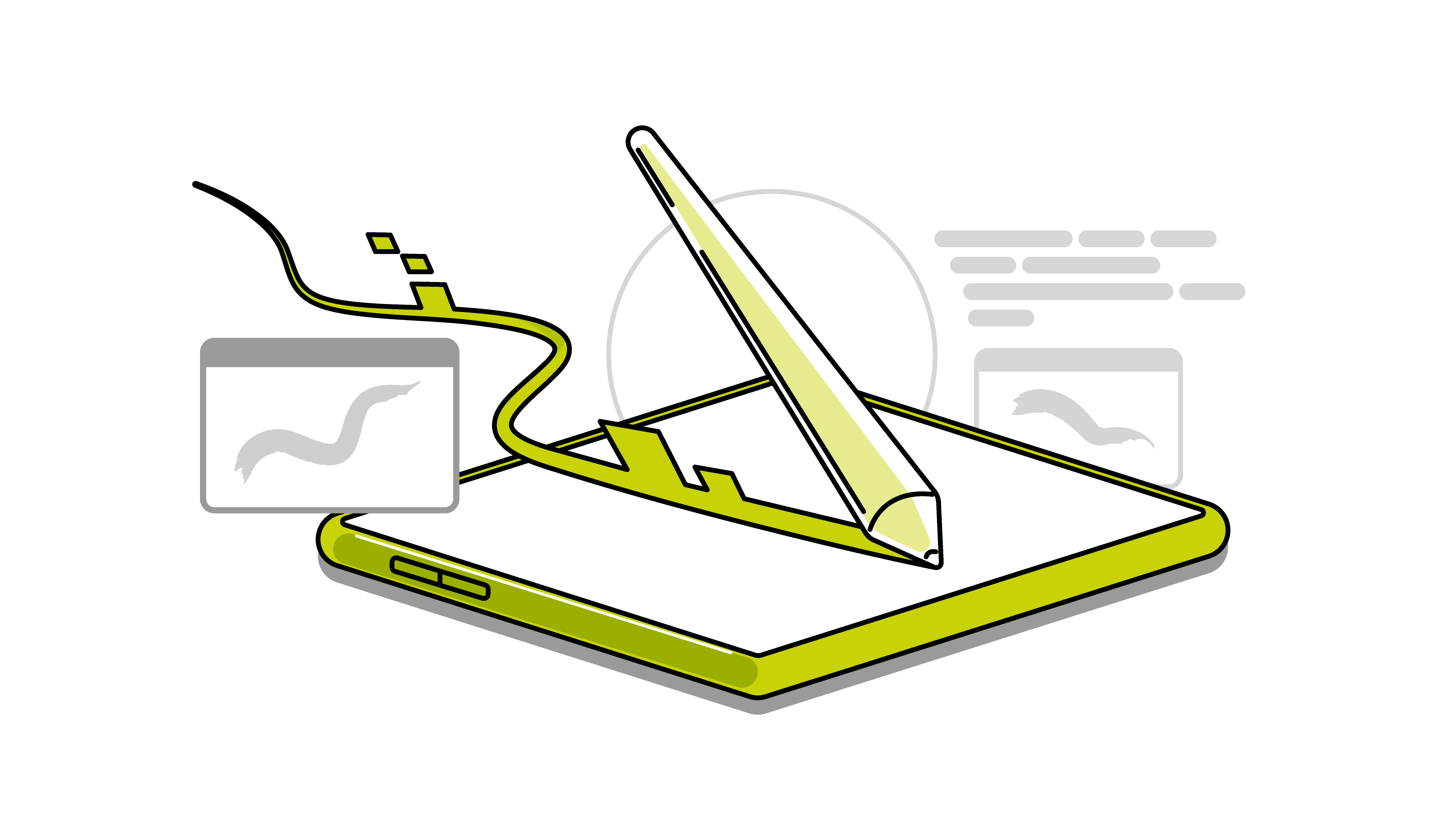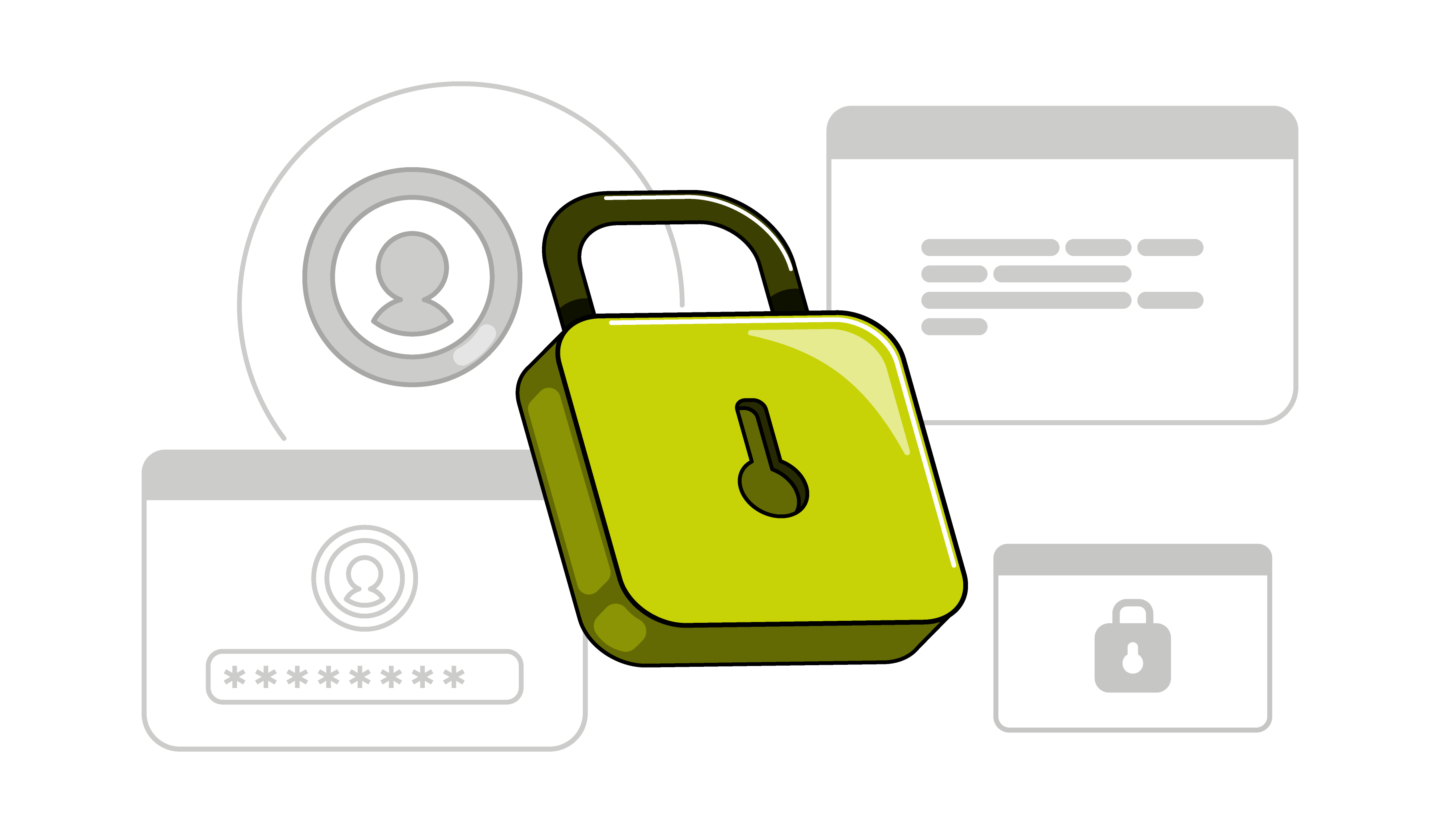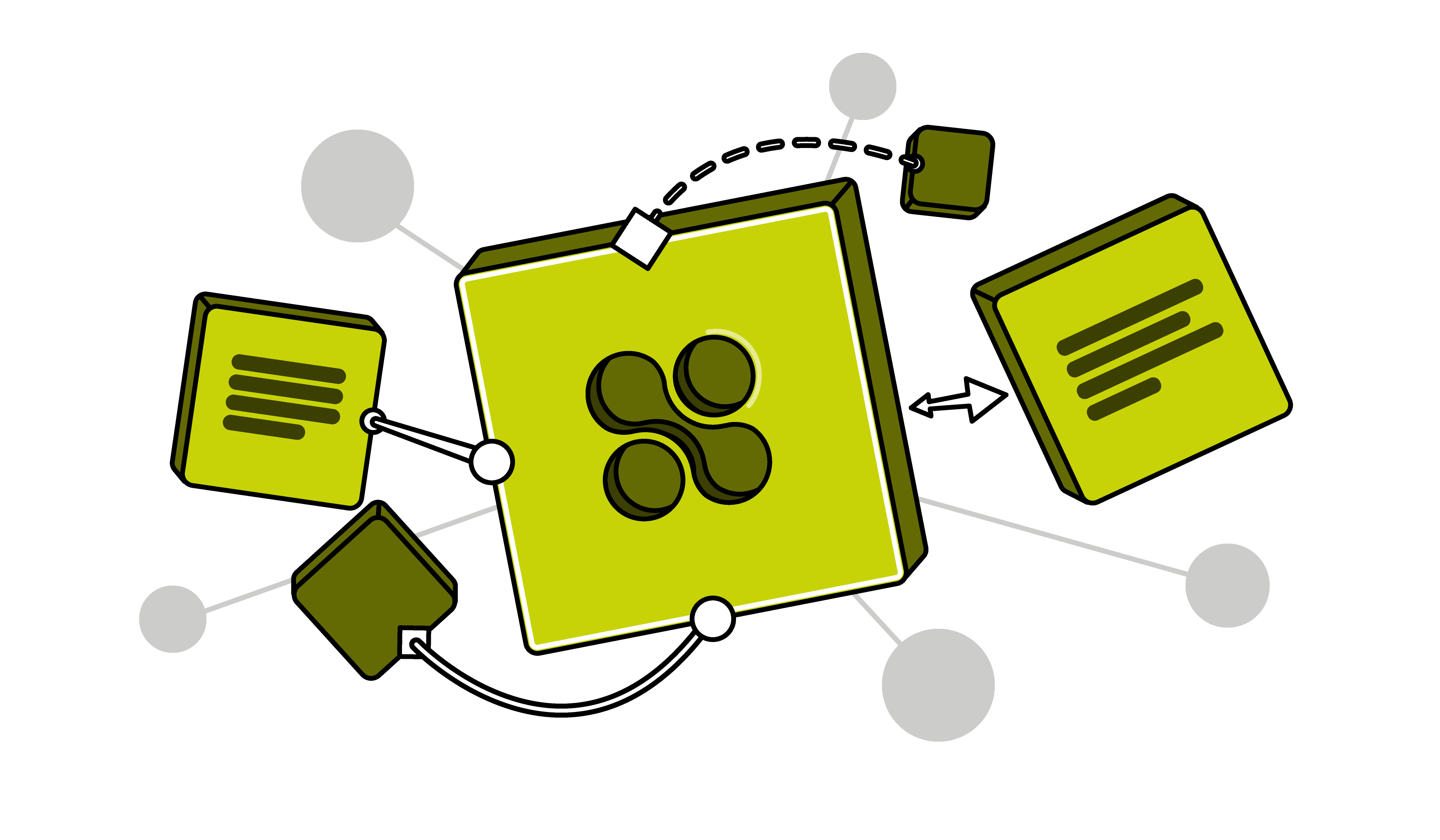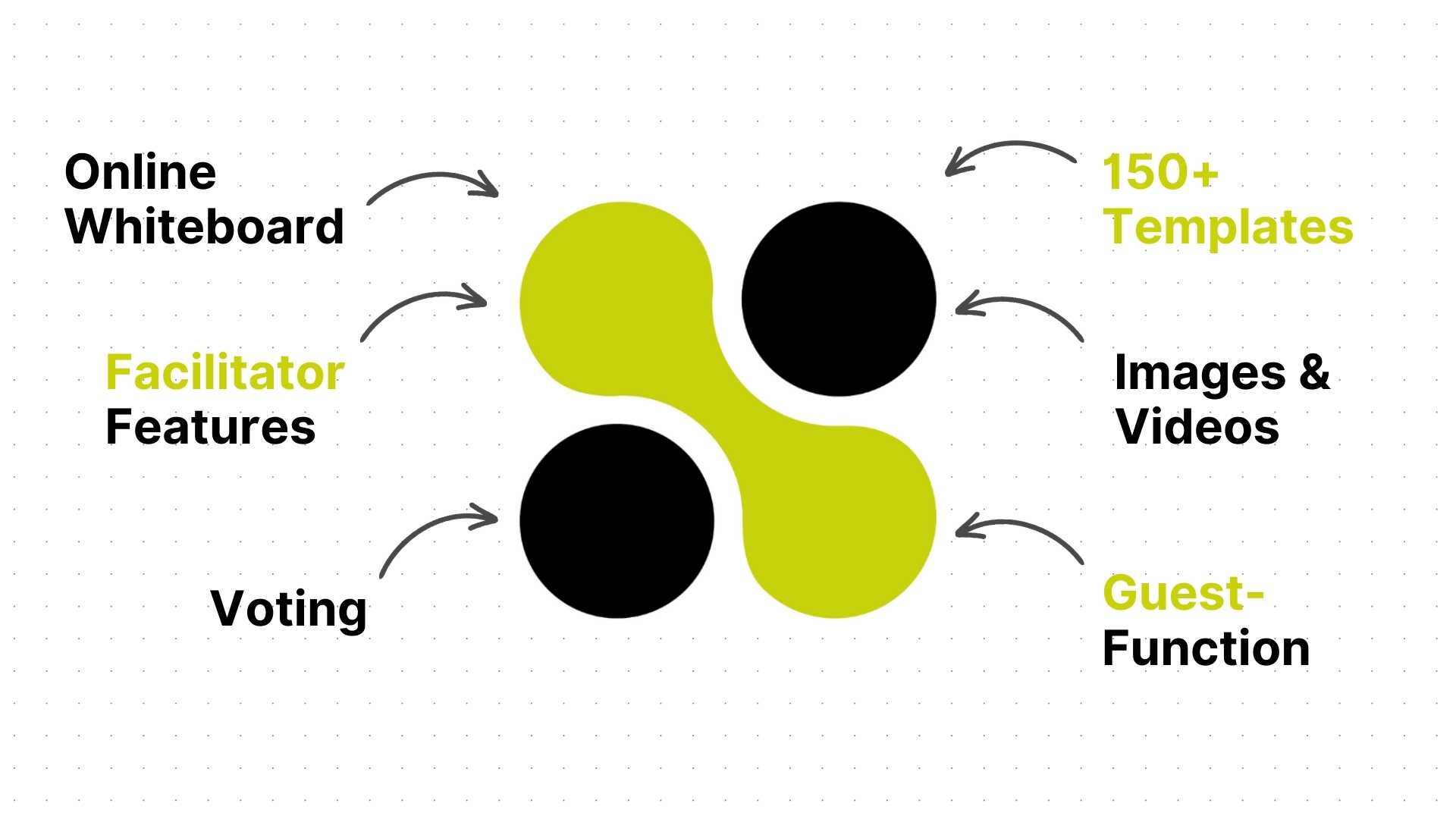How exactly does the 5 Whys method work?
The 5 Why method works by taking a specific problem and repeatedly asking the question "Why?". After each answer, you ask again, "Why did this happen?", and this continues until you get to the root cause of the problem, which is often after five iterations.
Do I always have to ask exactly five 'whys'?
No, the number 5 is just a guideline. Sometimes you reach the root cause after less than five questions, and sometimes you need more. The most important thing is not to stop asking questions until you are convinced that you have identified the real cause.
Can the 5 Whys method be used in any context?
The 5 Why method is versatile and can be applied in most situations where problems arise. However, it is most effective when dealing with simple or moderately complex problems. For very complex problems, complementary methods may be required.
How can I ensure that my 5 Whys analysis is objective and unbiased?
To ensure objectivity, you should make sure that a team of people with different perspectives is involved and that the analysis is based on facts and not assumptions. It is also helpful to back up the findings with data or evidence.
What do I do after I have identified the root cause?
Once the root cause has been identified, you should plan and implement measures to fix the problem. It is then important to monitor the success of these measures and ensure that the problem has been effectively resolved.
What are the 5 why's?
The 5 why's is a technique used to explore the cause-and-effect relationships underlying a particular problem. By repeating the question "Why?" five times, you can uncover the root cause.
What is the difference between fishbone and 5 why's?
The fishbone diagram (Ishikawa) is used to identify many possible causes for a problem, while the 5 why's focuses on drilling down to the single root cause by asking "why" multiple times.



